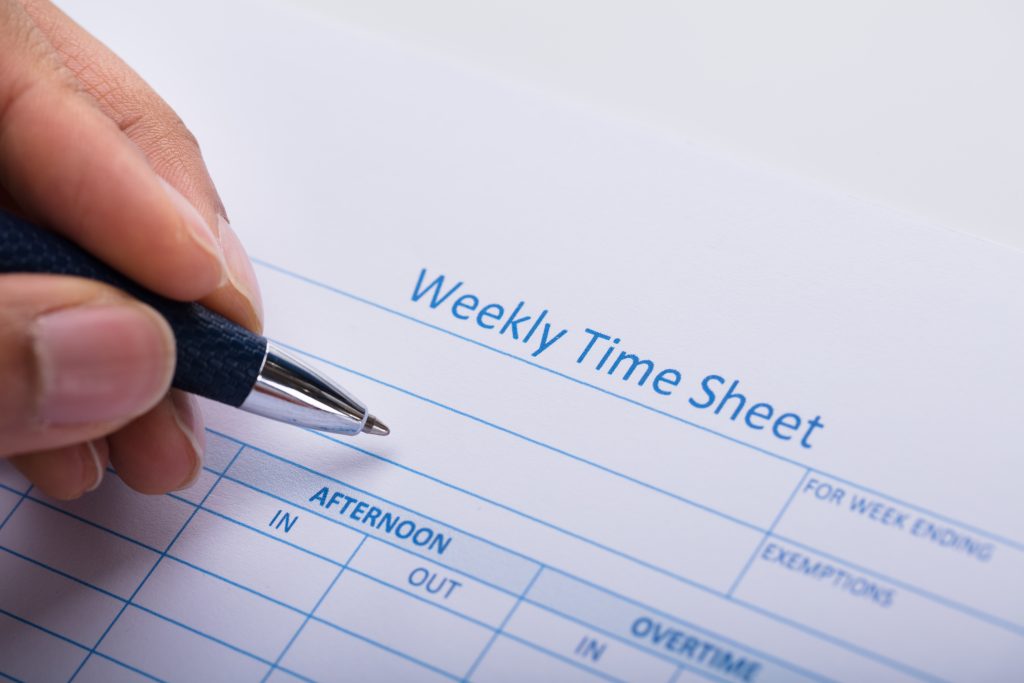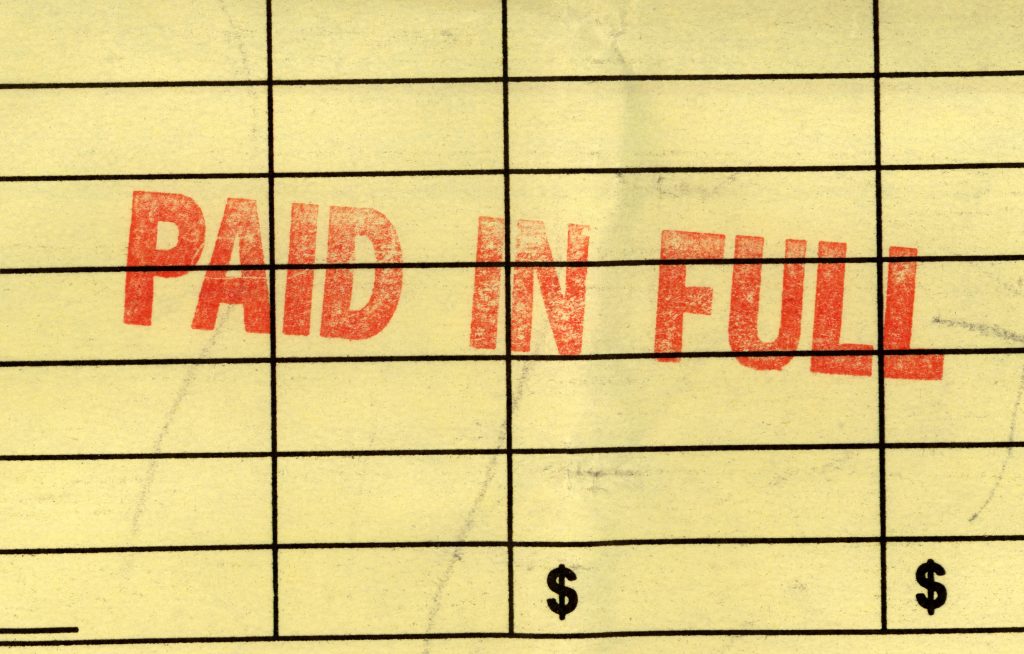Just because the word “creative” is in your job description doesn’t mean you can afford to neglect the “business” side of your professional life. Designers can talk grids, fonts, and color palates until they’re Palladian Blue in the face, but often come up short when it comes time to discuss money. If you still take some artistic pride in struggling to make your rent, it may be time to add some commercial chops to your portfolio. We’ve got a guide to what every freelance designer should know about money: how to ask for it, how to get paid, and how to deal with clients who don’t hand it over.
Contract Negotiations

Dealing with clients is laden with potential landmines, even before money enters the picture. But it’s essential to feel that you’ve struck a fair deal before you get started on your work. Any lingering ill-will is certain to bubble over when your client inevitably says the wrong thing. Here’s how to settle on an agreement everyone can be happy with.
Develop a rapport before opening negotiations.
If possible, develop a strong line of communication with your client before you start negotiating. When both parties feel there’s a familiarity and a level of trust, it’s easier to reach an understanding.
Don’t be shy.
To paraphrase one of Hollywood’s go-to aphorisms, you’re running a design business, not a design friendship. There’s nothing wrong with driving a hard bargain or holding your ground to ensure you get the terms and compensation you deserve.
Clarity counts.
Make sure that everything in your contract is clearly delineated. Every deliverable, every due date (for work and payment), and every revision should be set in stone. That doesn’t mean you can’t be flexible—it just means you should build buffers into your contract should the work suffer from mission creep.
Nothing for free. Ever.
You’re a professional. Don’t give it away, unless we’re talking about a logo design for a charity for orphans. Even then, make sure you’ve checked that orphan non-profit status before you agree to anything. In the immortal words of designer Mike Monteiro, “Fuck you, pay me.”
Build a basement.
It’s perfectly reasonable to walk away from contract negotiations if what your prospective employer is offering falls well below reasonable expectations (see “Know the marketplace” above). “If you don’t go in with one, in a weak moment you can find yourself agreeing to something you later regret,” recruitment consultant Ted Leonhardt said. “Our brains flick between emotional and rational responses—the rational mind is the slowest part.”
Design a Payment Structure
So now you’ve got a semi-thriving design business—nothing more to worry about, right? You know the answer to that one. The perils of small business don’t end the second you’ve got enough money to move out of your home office. Get ready to start spending a lot more time than you’d like on tax compliance, health care, and lead gen. You’ll also need to get a lot more professional in how (and what) you bill your clients. Read on for some tips.
Your rates are subject to change.
Just because you started working with a client back when your hourly rate was half of what you charge now, that doesn’t mean that particular client gets some kind of early bird special. You change, and your freelance rate can change with you, reflecting new skills and an increased demand for your work. If they object, make it clear that you’re running a business, and business expenses change over time. That said, be realistic in setting your new rates—don’t assume that once you’ve got clients hooked you can start gouging them.
Keep time sheets.

When you decided to go freelance you thought you were freeing yourself from paperwork for a life of liberty. Hah. Even if you’re not charging by the hour, keeping a log of your time can prove an excellent safeguard against spending too much time on one project. Time is your most valuable resource, and if you’re not allocating it well, you’re losing big. As Danny Brooks and Natasha Zlobec of the British design agency Phage told The Design Council, “Time sheets make costing quicker and easier because you can base your quotes on similar previous projects….Over time they will also provide insights into which types of work (and clients) are the most profitable and help with your future planning.”
But that doesn’t mean hourly work is the answer.
Some clients seem to think that an effective logo design should be done in 90 minutes max. Unless your client has a clear understanding of the time that will be involved in each stage of design creation and exploration, hourly work can prove a problem. It’s often a better idea to charge a flat fee for a certain number of deliverables, and, if necessary, contractually stipulate an hourly fee for any time or revisions over and above the initial work. There’s another good reason to avoid the hourly slog, as illustrator and author Jessica Hische explains, “Pricing hourly punishes efficiency.”
Pay yourself a salary.
This one might require some math, or even hiring a good accountant, but trust us, your mental well-being will be all the better for it. Aside from anticipating the inevitable peaks and troughs of freelance gigging, going on a vacation will no longer feel like you’re simply draining money from your bank account.
Getting Paid

Frankly, it’s unclear how the global economy seems to chug along with such ease when the simple task of getting paid a few thousand dollars feels like running a never-ending gauntlet. But here we are. If you’re experiencing trouble getting a client to pay up, or if you want to prevent that scenario from ever playing out, there are some simple tools and tricks you can use to protect yourself.
Don’t wait until the project is complete to invoice.
Rather than anticipate full payment upon completion of your work, set up a payment plan where you can invoice in stages. Because let’s face it—the work has a tendency to linger long after we thought it was going to be over. Set up benchmarks where you will invoice for a certain fraction of the total cost and put it in your contract.
Give clients an incentive to pay in advance.
We know, we know, you’re not running a used car dealership. But dangling small discounts for advance payment can actually prove incentive enough for price-conscious clients to take you up on the offer. We picked this tip up from digital art director @RichardMixinn on Twitter. We’re not talking about anything significant. Offer to knock 2-3% off the full price, and think of as a hedge against the time you’ll waste trying to track down accounts payable later.
Keep an arbitration clause in your contract.
Inevitably, things will go wrong. Very wrong. And while the courts can often provide remedy to those problems, that lawyer you’ll need to hire will likely drain any profit you were planning to see. Including an arbitration clause in your contract can keep your work safe without the mind-boggling legal fees or epic timelines of court cases. The clause allows you to resolve financial disputes outside of court, relying instead upon a neutral third-party to reach a binding decision. Keep in mind that arbitration clauses are not a one-size-fits-all legal remedy—they’re best saved for (relatively) simple contract disputes that could be resolved in a day.
Get tough.
If you’ve been burned too many times before, it’s time to get tough. Of course, you don’t want to start acting like a demanding client yourself and diva yourself out of work, but there are any number of hard-edged practices that can protect you. Designer Mustafa Aslan, for example, only provides clients with low-res previews of his work before payment is made. Only once the account is up-to-date will Aslan release the original file.
Presumably you didn’t get into the design business because you dreamed of seven figure paychecks. But that doesn’t mean establishing a few best practices around the way you deal with money in your design practice aren’t out of place. At the end of the day, the best you can ask for is finding what works for you, doing your best work, and getting paid fairly.



